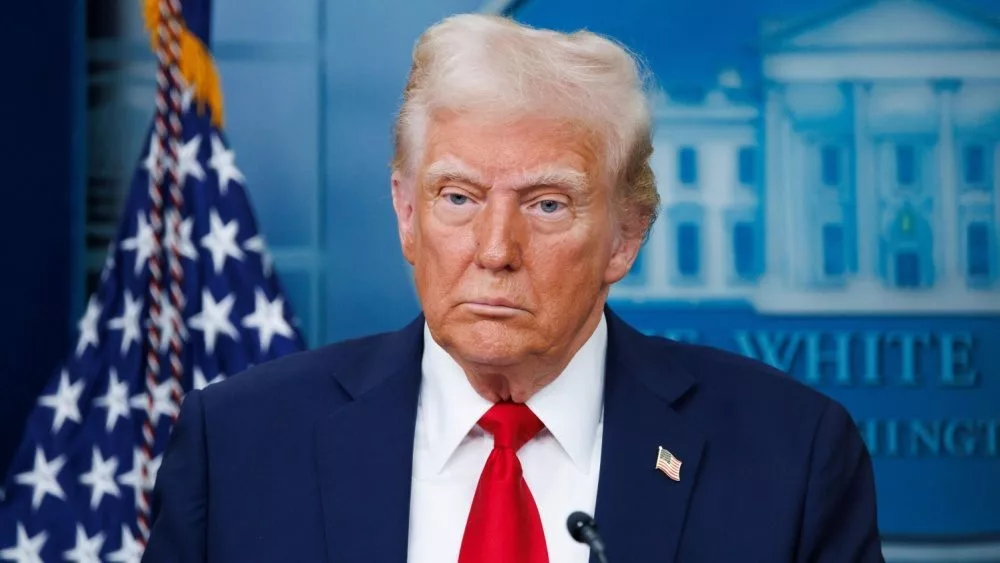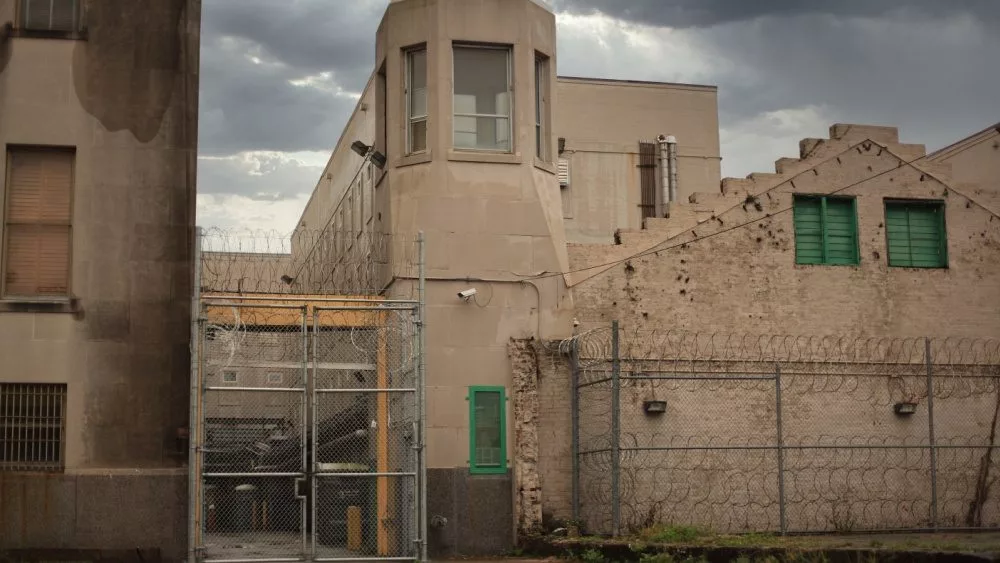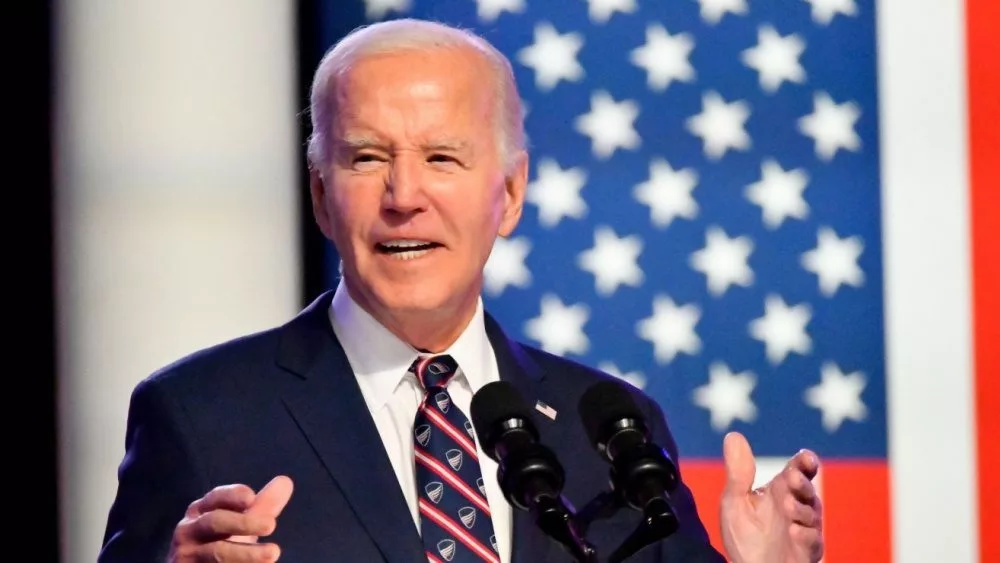On Tuesday, President Donald Trump unveiled a sweeping proposal from the White House for a new missile defense initiative aimed at shielding the United States from potential threats posed by nations such as North Korea. The concept, dubbed the “Golden Dome,” bears similarities to Ronald Reagan’s once-abandoned “Star Wars” missile defense strategy.
Trump made the announcement flanked by Defense Secretary Pete Hegseth and General Michael Guetlein, currently serving as the Pentagon’s deputy chief for space operations. Trump touted $25 billion in initial funding for the “Golden Dome” and put Guetlein in charge of realizing the hemispheric missile shield. Trump said: “The Golden Dome will be integrated into our current national defense framework and is expected to be up and running before the end of my next term. We’re looking at roughly a three-year timeline. Once completed, this system will be capable of intercepting missiles, no matter where they’re launched—even from space.”
Trump said the project will cost around $175 billion and be built over the next three years, though those are both only initial estimates. The initial $25 billion will be included in the massive bill working its way through Congress.
Key details still remain undecided, including whether the Golden Dome would cover the entire nation or focus primarily on protecting major population centers. Congressional analysts note that, even with advancements in remote sensing, drone technologies, and image processing, a project of this scale could require many years to fully develop and deploy.
Earlier this month, the Congressional Budget Office projected that constructing and deploying a space-based missile interception system could cost between $161 billion and $542 billion over two decades. While the costs of launching spacecraft have decreased, CBO attributed the high estimates to North Korea’s technological improvements and the ambitious nature of Trump’s defense goals.
Israel’s Iron Dome was developed to defend against short- and medium-range missile threats, acting as a protective barrier over the country. The system gained global attention for its role in intercepting around 300 Iranian missiles and drones during a large-scale retaliatory attack in April 2024 following an Israeli strike that killed a high-ranking Iranian military leader.
Editorial credit: Joshua Sukoff / Shutterstock.com






